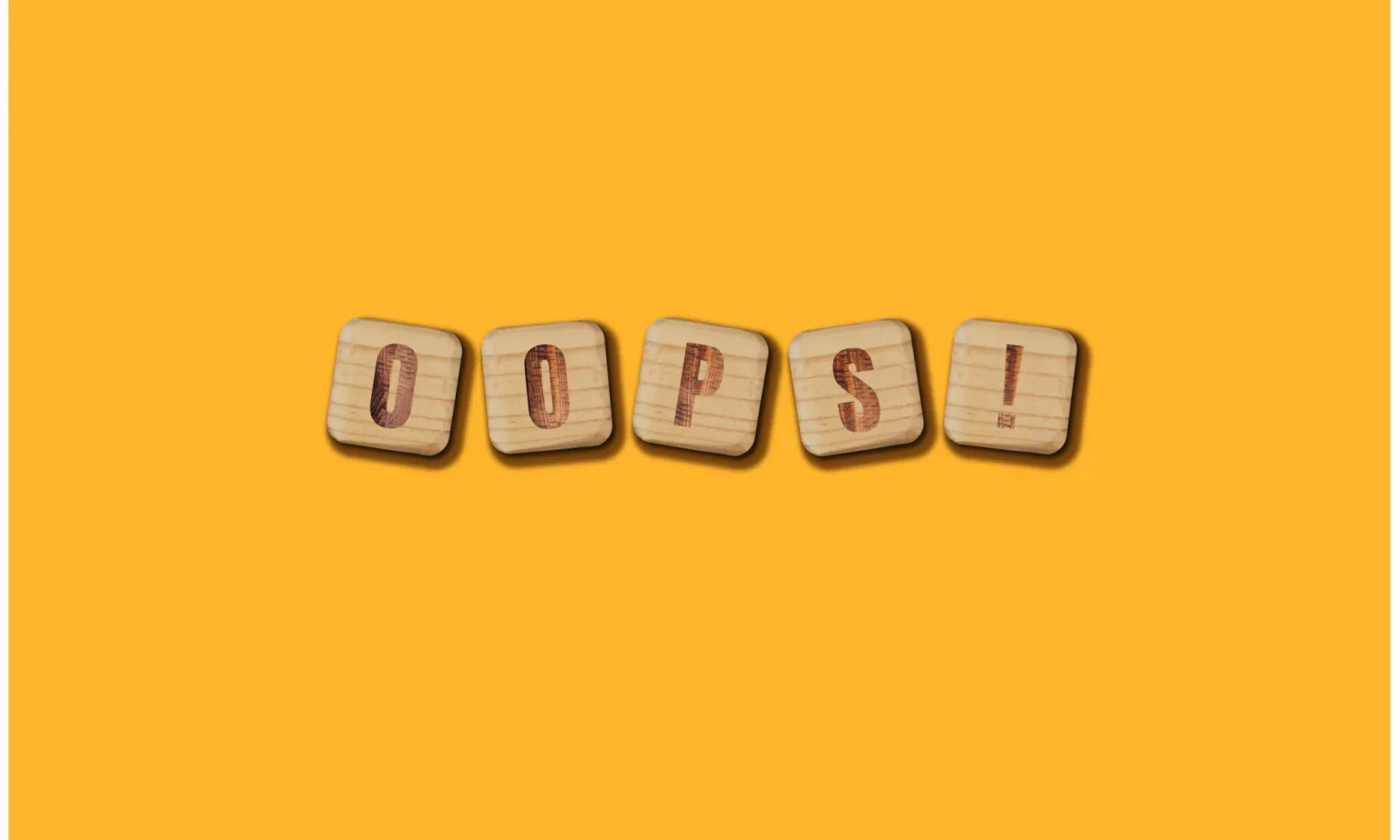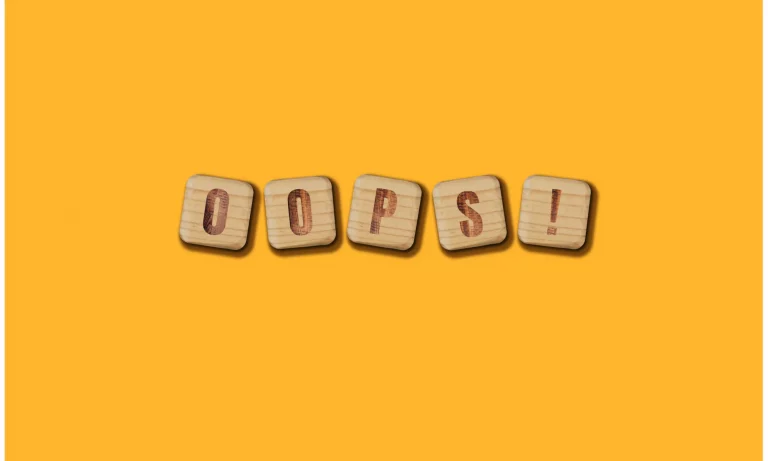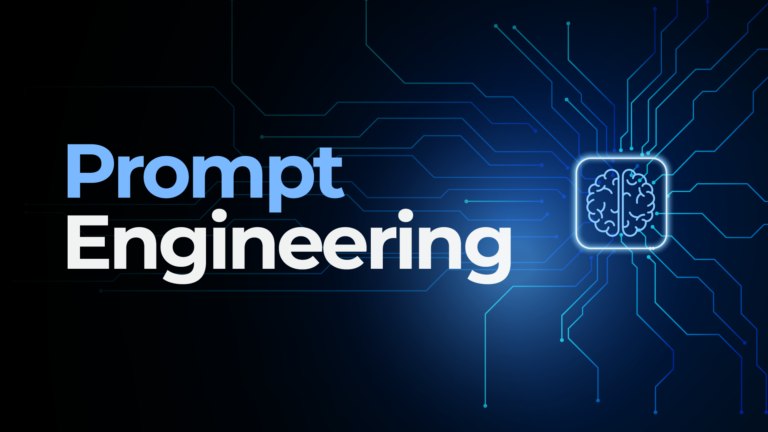Increasingly, companies like Airbnb and Dropbox are championing a new term: DesOps. AKA Design Ops. And yes, it can get as tactical as that can possibly sound; but no, it doesn’t involve just moving troops from point A to point B. Rather, Design Ops serves a larger strategic intent. It can impact your organisation’s performance and profitability, as well as improve staff capability and satisfaction.
Whether you’re a PR agency charting communication strategies, or an integrated marketing agency executing omnichannel marketing solutions, you need Design Ops. Perhaps you’re a creative advertising agency designing ad campaigns, or a brand agency designing brand identity guidelines, you too need Design Ops. Maybe you’re managing design in-house (especially if you’re managing design in-house), you need Design Ops. And you need it now more than ever. Why?
First, let’s look at the provenance of the word
The term “Design Ops” was coined in 2014 by Dave Malouf. A thought leader in the field, Malouf championed it as a new and necessary aspect of design management. He likened the approach to running a military operation. Like military ops, launching a project requires coordinated actions against a plan. It involves goals, strategy, tactics, tools, personnel, coordination, agility, and is also time-sensitive. Now, who in advertising isn’t familiar with any of those terms? And you don’t need to have served in the army, or played Call of Duty, to understand military ops either. We see it everywhere.

Remember that climactic battle scene in Avengers: Endgame? You’ve got a mission, a target, air troops and ground troops. You leverage individual strengths and capabilities. And you use tools and weapons to achieve an outcome. And once you’re on the battlefield, you wield, duck and deploy agility as needed. (Because, let’s face it, the battlefield can be full of nasty surprises.)
Why Design Ops now?
You need Design Ops now because the way designers work and interact with each other (and other teams) has changed. It used to be that designers dealt only with graphics, products, interiors and furniture. But as the world moves into a creative economy, everything now becomes “designed”. We’re talking apps, tools, experiences and user journeys. But this is good news. It signals a growing importance and focus on design and its value. It tells us that many organisations no longer need to be convinced to invest in design. It’s an exciting time to be a designer!
The shifting sands of design
But having a seat at the proverbial table also means designers get involved in strategic conversations, participate in more meetings, and being involved in more problem solving. They are no longer the pale, over-caffeinated creatures we’ve come to know. We no longer expect to see them emerge from their ethereal iMac’s glow only after a day of pushing pixels against a brief come nightfall. Now, we expect them to be charismatic, social creatures who are adaptable and always “on”; we expect them to be taking meetings, shaping briefs, analysing research, delivering presentations and consulting on strategies.
Further, with omnichannel marketing comes the need for designers to be familiar with all aspects of integrated marketing services as well. The modern agency landscape has become both fragmented and blended at the same time. And in combinations that are increasingly customised. Nothing’s off-limits: From online to off, UX to UI, thinking to empathy, visual to audio, phygital to sensorial. Now, throw in developments in technology with dizzying new tools all screaming for attention, at an unprecedented time in human history with 6 living generations to design communication for; and put all that into a blender with data and globalisation. And you’ve got a pickle.
There’s constantly new knowledge to pick up, new tools to learn, new expressions to master, new attitudes to hone, and new problems to solve. We see job scopes blurring and roles overlapping. In this climate, as designer of experiences, we need to multi-hat. We’re now researching and strategising, on top of designing. We’re expected to get involved in production too; we sell, we test, and we evangelise. There’s little we don’t do.
The situation now now
Here comes the pandemic panic. As we enter a pandemic/post-pandemic world, we see even more complications arising. We’re talking remote work, distributed teams, multi-office and fluid staffing. Productivity goes virtual, as teams become more “invisible”. And this shapes the next normal. Needless to say, being a designer, running an in-house team, and launching campaigns in this environment means contending with layers of complexity.
With complexity comes challenges. How so? We need to rely increasingly on not just mental strength but also WIFI strength for communication. We’re consuming virtual briefs and coping with presentation glitches. Productivity can be compromised when you can’t see who or what you’re dealing with. Just poke around LinkedIn. You read about designers suffering from lack of visibility into related work streams. Project managers having to navigate silos of work, or getting surprised at duplicated efforts. Traffic facing trouble coordinating among teams. Account servicing having to crack new client communication codes. Leaders having to take wild(er) stabs at staffing and priorities.
And the bad news piles on: The speed of delivery continues to be an important measurement of success. And is speed enough? No. It’s not just efficiency we have to deal with, but effectiveness too. And rightly so.
So how can Design Ops help?
Focusing on the health of the organisation, its people and their projects, Design Ops is designed to fix challenges such as
- Growing and evolving design teams to keep pace with what the market demands
- Finding and hiring people with the right skills to develop the work that you want
- Creating efficient workflows for projects so you improve speed and profitability
- Improving the quality of design to impact results, stakeholder satisfaction and staff morale
OK, I really need a definition: What is Design Ops?
Design Ops then refers to the planning, defining and management of people, processes and craft (as it relates to design) within an organisation. Its aims are to
- Ensure the design team becomes a well-oiled machine functioning at high efficiency with low friction
- Break down team barriers and facilitating collaboration
- Minimise wastage (time, effort and resources) and miscommunication
- Make processes scalable without jeopardising quality or creativity
The goal ultimately is to maximise the design team’s value and impact. It’s about creating the best environment for designers to focus on designing, thinking and researching (this is where they make the most strategic impact), rather than being stuck in the boondocks. This is so the organisation can generate high quality design outputs.
This requires balancing efficiency with quality. So many agencies, teams and less-than-strategic leaders focus on efficiency only. But for design to truly have value, you need quality. Let’s break it down
- Efficiency: This relates to reducing time and wastage while enhancing collaboration, such as through introducing tools to ease teamwork and communication. This can involve cutting unnecessary steps and introducing automation to streamline workflows
- Quality: This relates to ensuring the design team has everything they need to produce high quality work. It includes having the right tools, training and set-up to do their best work
And all these elements pivot on Design Ops. The question you have to ask yourself is: Do you have Design Ops in place? Not sure? Read on.
How does Design Ops work?
There are 4 pillars. They prop up efficiency and quality within your organisation. See if you have them; and if you don’t, I suggest you get to it.
Pillar #1: Process
This deals with streamlining workflows for quality and efficiency. It involves
- Identifying the gaps and weaknesses of an existing process (and then, of course, eliminating them)
- Striving for clarity of roles and understanding dependencies. This is to avoid double work and unnecessary re-work later on
- Understanding job complexities. Because it is only by pre-empting landmines can you better route and prepare for agility when required
- Documenting workflows and processes. This will be the playbook that builds clarity for all, and helps you plan time and resources
- Optimising your designers’ day-to-day workflow. It is important to follow protocol but just as important to exercise flexibility
- Creating environments to enable effective communication. This includes having physical infrastructures like meeting or breakout rooms, and regular cadences for meetings (like daily stand-ups or weekly WIPs) to align all
Pillar #2: Tools
This deals with having the right tools to work efficiently and collaboratively. It involves
- Enforcing use of consistent tool sets. Whether Adobe or Microsoft, Teamgantt or Asana, think about what works for intra- and cross-team collaboration
- Scaling systems to create efficiencies. What can you automate or outsource to free up your designers to focus on more strategic, high-value work?
- Sharing and expanding intelligence to build common ground. Whether trend reports or customer personas, make sure everyone has access to knowledge and everyone works off the same definitions
- Using a digital asset management system. This is so design assets and templates can be shared and retrieved whenever, wherever
- Making sure there is a clear naming structure for projects, files and folders. This is because easy identification and retrieval for current project and future ones can minimise stress and confusion for all
Pillar #3: Team coordination
This deals with the business aspect of design. It involves
- Defining the role of design in the organisation. Take time to determine what you will do and what you won’t do. Such parameter setting ensures clarity, capability and quality in delivery
- Minding organisation structure. Ask yourself if you have the right hires. Are the reporting lines clear? Have you assembled a complementary and skills-complete team? You also need to know the team’s operating budget (HR, equipment, training, etc.)
- Nurturing and developing team members. Have you designed career pathways for each role? How about consistent onboarding practices to set up new hires for success? Consider that having a high attrition rate or revolving door compromises efficiency and costs your organisation money
- Prioritising and forecasting work. Do you use objective and consistent methods to prioritise projects? Do you understand individual and collective skills and capacity to allocate jobs? Have you rightsized your forecast to their knowledge, capability and bandwidth?
Pillar #4: Culture
This is a key element that keeps teams happy and healthy. It’s about creating a design culture and promoting that culture within the organisation. It involves
- Defining design at your company. What is its value and impact? What role does it play?
- Defining the metrics of success. Is everyone aligned with business and project goals?
- Inspiring and motivating them
- Practising good standards and cadences for design reviews. This is so outputs are executed to the highest quality
- Establishing strong cross-functional partnerships. I can’t stress this enough: Breaking down team and discipline silos, and fostering strong relationships within and across teams are essential
- Evangelising design. This means helping everyone in the organisation understand the value of good design, and socialising the design process to them
- Cultivating the use of design activities by those outside the team. Because educating others and creating playbooks for them on how to use design tools themselves can help you avoid the design-team-as-bottleneck challenge. This allows you to scale
Who is in charge of Design Ops?
Many have asked, “Who manages Design Ops within an organisation?”. Well, it’s everyone and someone. Let me elaborate. Design Ops is both a role and a mindset. As a role, it rightfully sits in the Operations department, if your organisation has one. The Ops team typically deals with matters pertaining to process, infrastructure, budget, scalability, operational excellence, productivity and efficiency. Their job is to ensure that all necessary systems are in place for everything and everyone (incl. design and designers) to hum like a well-oiled machine.
Next, will be the project managers. They must understand Design Ops to successfully move a project from initiation to completion, accounting for their project’s needs, quirks and goals. Project managers may not have much influence over structural stuff like overheads and training, but they certainly need to know how to work those to their advantage.
And then, of course, Design Ops as a mindset means everyone in the organisation has a part to play. Because it’s spans not just system, but also people and culture. The whole organisation must subscribe to the philosophy of Design Ops, and practise it. Only then can Design Ops succeed. And once Design Ops succeeds, so then can your projects, and, it follows, your organisation.
Is this the impact you want?
With the proper implementation and enforcement of Design Ops, you’ll get outcomes faster with less casualties. Your staff will be able to enjoy job satisfaction; they can be more confident, are able to take on strategic work, and not burn out. Customers are happier; because you not only have a playbook that sets everyone on the same page, but you also prioritise effectiveness (not just efficiency) for them. Everyone’s engaged and plugged in. Virtual and otherwise. And I’m sure this is sweet sweet music to everyone’s ears. Not sure where to start? This field guide contains helpful tips to guide your staff as well as a compass to direct your organisation’s journey into Design Ops.
Remember, this is key to taking your organisation from Oops to Ops. It’s not surgery. It’s tactical advantage, and straight-up strategic business.






